Fantastic Four: First Steps: Four Superheroes & A Baby

Stan Lee and Jack Kirby were doing character drama wrapped in sci-fi spectacle. We wanted to honor that by making a film that’s equally about emotion and imagination – Jeff Kaplan, Co-Writer
In 1961, while the Cold War simmered between East and West, and the Space Race heated up, something equally seismic happened on comic book stands to allow readers to process their anxiety about nefarious forces who may one day devour them. Fantastic Four #1 arrived, courtesy of Stan Lee and Jack Kirby. They were Marvel’s first family – humans gifted with super powers.
While the ability of a small group of people to protect and save humanity can’t be understated, the Fantastic Four (Mister Fantastic (Reed Richards), the Invisible Woman (Susan Storm), the Human Torch (Johnny Storm), and the Thing (Ben Grimm) were temporamentally human. They bickered, they had egos, but they were always a family and had each other’s backs.
Following the tradition of a raft of films and television shows, Fantastic Four: First Steps returns to the big screen directed by WandaVision’s Matt Shakman. Writing duties were handled by Josh Friedman, Eric Pearson, and Jeff Kaplan.
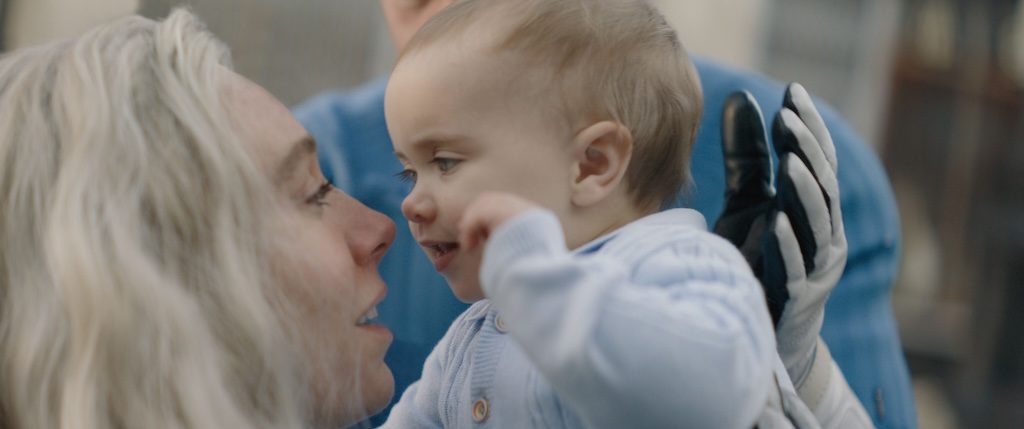
Sue Storm/ Invisible Woman (Vanessa Kirby) and Franklin Richards (Ada Scott) Photo courtesy of 20th Century Studios/ Marvel Studios.
First Steps isn’t simple another sequel to keep Fantastic Four in the public eye. It’s a character-driven story with existentially cosmic ambitions. It explores themes of duty, sacrifice, family, legacy and creating something bigger and more enduring than ourselves while fighting space thugs.
For the more mathematically-minded, audiences can also learn about Archimedes’ Law of Leverage to literally move the Earth in the movie. (It takes a lot of power).
The Fantatic Four Blueprint: Comic Book Foundations
Its real innovation was character conflict. Reed Richards, Sue Storm, Johnny Storm, and Ben Grimm weren’t idealized saviors. They suffered, loved, and transformed—both physically and emotionally.
The comic book story setup was swift and to the point: a space mission gone wrong, cosmic radiation, and the trajectory of these four lives was forever changed. Reed becomes elastic (Mr. Fantastic), Sue turns invisible and forms force fields (Invisible Woman), Johnny ignites into flame (the Human Torch), and Ben mutates into a stone-skinned behemoth (The Thing).
[More: Eric Pearson On Crafting “Thunderbolts*”]
“The idea of a superhero team that argues like a family was revolutionary,” says Kaplan. “They didn’t wear masks. They were public. Vulnerable. Messy. They didn’t have all the answers. That emotional complexity was our north star.”
The classic cosmic radiation origin has been subtly revised. Now, their powers are connected to Celestial energy—a nod to Marvel’s expanding pantheon of ancient cosmic entities.
“We’re not throwing science out the window,” Friedman clarifies. “But adding a mythic, almost divine layer, lets us scale the story without losing character to give the Fantastic Four a unique cosmic identity.”
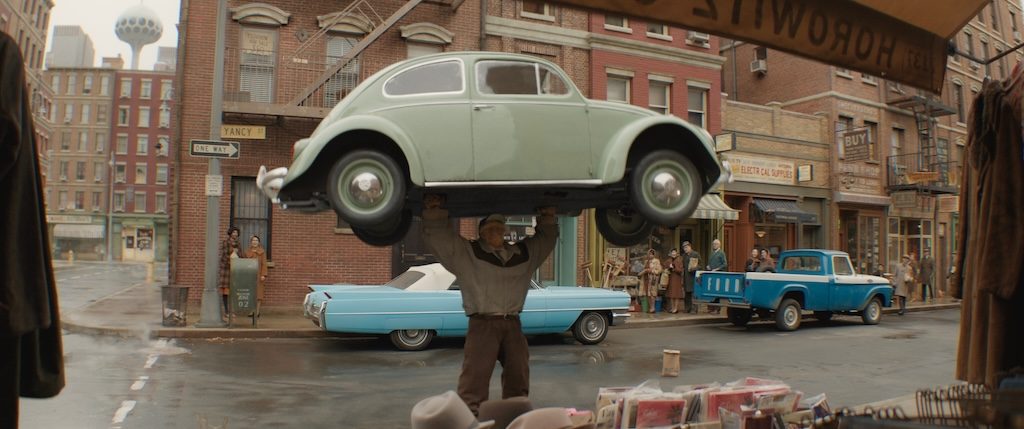
Ben Grimm/The Thing (Ebon Moss-Bachrach) Photo courtesy of 20th Century Studios/ Marvel Studios.
Diving Into The Story
Fantastic Four: First Steps, is set not on Earth-616, but in a stylized alternate timeline dubbed Earth-828, a retro-futurist vision of the 1960s – nod to the era in which it was born.
It sets up the Marvel Cinematic Universe’s multiverse storyline by exploring parallel realities, alternate timelines, and the interconnected consequences of cosmic threats like Galactus.
“It’s not just a period piece,” explains Josh Friedman. It’s not a time travel movie. “It’s a tone. A philosophy. The optimism of a space age that believed the future could be weird and wonderful.
Rather than retelling the team’s origin, First Steps opens in media res—Reed (Pedro Pascal) and Sue (Vanessa Kirby) are preparing for the birth of their child after years of trying. They had almost given up hope and even given up discussing the matter. Then Franklin Richards (Ada Scott) arrived. What is he? Human or Superhuman? What would he become?
The origin is covered briefly via archival news footage, allowing the story to quickly move forward to keep unfamiliar audiences informed and familiar ones refreshed.
“We didn’t want to spend 40 minutes getting to the suits,” says Eric Pearson. “This is about what happens after the transformation—how it strains and binds them as people.”
Pascal brings gravity to the brilliant, emotionally distant, but always hopeful, Reed Richards. Kirby’s Sue Storm is equal parts nurturing and assertive. She jokes about people assuming she can get a good night’s sleep as a new mom. Joseph Quinn’s Johnny Storm burns (literally) with quips, while Ebon Moss-Bachrach’s Ben Grimm delivers a grounded, heartbreaking performance as the Thing. They all share babysitting duties.
“It’s not about the powers,” Kaplan adds. “It’s about the fractures. About staying together even when everything’s falling apart—literally and emotionally.”
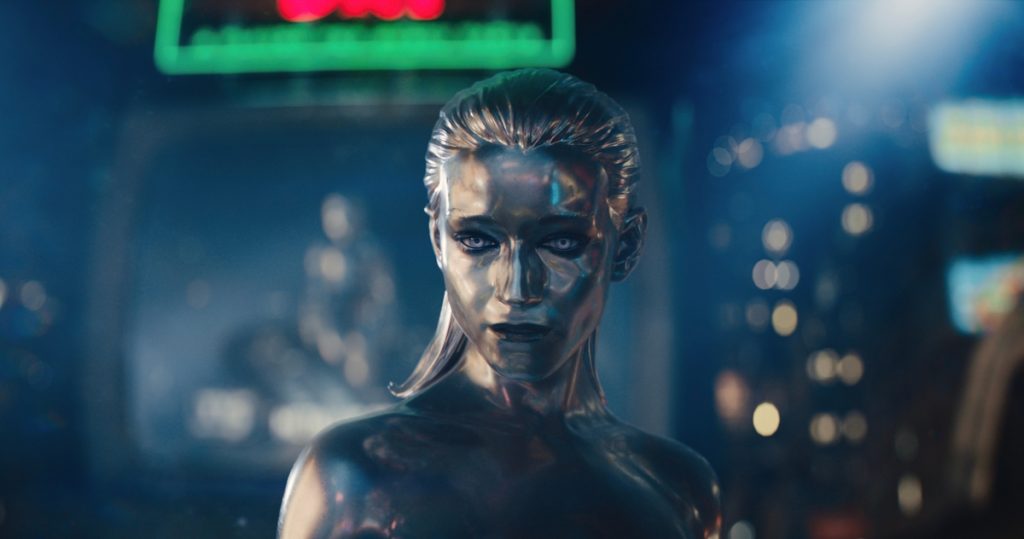
Shalla-Bal/Silver Surfer (Julia Garner) Photo courtesy of 20th Century Studios/ Marvel Studios.
Galactus & The Surfer: Embracing the Cosmic
The film’s central threat is seemingly insurmountable, Galactus, the world-eater himself, voiced by Ralph Ineson. His Herald? A reimagined Silver Surfer, now portrayed by Julia Garner as Shalla-Bal—a messenger between the Fantastic Four and Galactus.
“We wanted the Fantastic Four’s first outing to feel mythic,” says Friedman. “Galactus isn’t evil. He’s entropy. He’s the price of cosmic balance.”
Galactus is presented as a cosmic entity who must feed on the life energy of planets in order to survive, not to accrue power. He is not a typical villain, but rather a force of nature, essential for the balance of the universe—his survival is indirectly tied to the survival of the universe itself. As is the Fantastic Four’s.
[More: Josh Friedman On “Kingdom Of The Planet Of The Apes”]
The Silver Surfer acts as Galactus’s Herald. She agreed to serve Galactus, guiding him to new worlds to spare her own planet. As a result, the Surfer scouts potential worlds and prepares them for Galactus while wrangling with her moral code. This inner turmoil leads her to dislodge Galactus’ plans.
Rewriting the Mole Man
A surprising storyline involves the Mole Man, played by Paul Walter Hauser, whose version is first introduced in a Marvel prequel comic and hinted to appear briefly in the film. He’s graduated from caricature status and comic relief to a rich character.
“We didn’t want him to be a joke,” Kaplan explains. “This Mole Man is a Moloid diplomat, not a villain. He’s been misunderstood and ignored—kind of like the Fantastic Four themselves.”
Join the Discussion!
Related Articles
Browse our Videos for Sale
[woocommerce_products_carousel_all_in_one template="compact.css" all_items="88" show_only="id" products="" ordering="random" categories="115" tags="" show_title="false" show_description="false" allow_shortcodes="false" show_price="false" show_category="false" show_tags="false" show_add_to_cart_button="false" show_more_button="false" show_more_items_button="false" show_featured_image="true" image_source="thumbnail" image_height="100" image_width="100" items_to_show_mobiles="3" items_to_show_tablets="6" items_to_show="6" slide_by="1" margin="0" loop="true" stop_on_hover="true" auto_play="true" auto_play_timeout="1200" auto_play_speed="1600" nav="false" nav_speed="800" dots="false" dots_speed="800" lazy_load="false" mouse_drag="true" mouse_wheel="true" touch_drag="true" easing="linear" auto_height="true"]

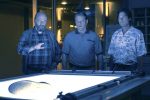

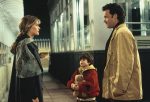




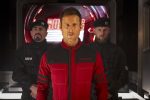

You must be logged in to post a comment Login